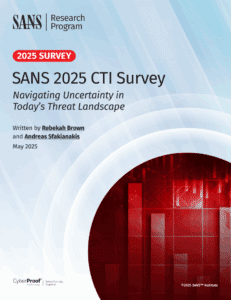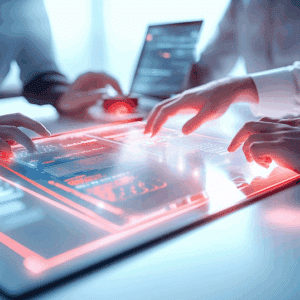This blog was co-authored with Kiran Belsekar, CISO at Aegon Life Insurance.
The year 2020 has made its mark on the history of humankind, and it will certainly be remembered as the year of the onset of COVID-19. We have been experiencing a wave of emotional turmoil that started at first with uncertainty and fear, and progressed to the stages of adjustment and acceptance.
Different countries have adopted a range of approaches in order to fight the pandemic and ensure social distancing. India – with its population of 1.2 billion people – has implemented one of the strictest measures globally: a complete lockdown (except essentials), for more than two months.
Today, we continue with our fight. At the same time, we are currently looking for ways to resume our routines and return to work in our offices. This will be happening in phases; and as the workforce starts to return on-site, it is time to raise some of the basic cyber security issues that security leaders need to bear in mind in the current reality.
It is time to raise some of the basic cyber security issues that security leaders need to bear in mind in the current reality.
Here are several data hygiene and security monitoring tips for returning to the office. While some of these tips may seem obvious, they are essential to keep in mind in order to minimize the risk of cyber security threats.
1. Patching
Most desktops in the office have not been started for a prolonged time period. Depending on how patches are deployed in your organization, you may want to send a mailer with:
- Instructions to leave machines on
- Instructions on any manual action required
- Information about the importance of patch updates to security monitoring
You may also consider pushing a pop-up with this information.
Note: Mature organizations will configure the NAC to prevent unpatched machines from being connected to the network.
2. Password Reset
Expect a surge in password reset calls – together with all of the other typical IT Help Desk calls. Since machines have not been connected to the corporate network for some time, their passwords will not have synced with the domain.
It is safe to assume that some users, especially first time work from home (WFH) users, have violated security best practices and written passwords down on loose papers. Therefore, evaluate the possibility of implementing a mandatory password reset upon login.
3. Data Hygiene
For users who have been relying on their personal devices while working from home, it would be best to have them clean any data belonging to the organization from their personal machines.
Together with this request, it is recommended that you send out a mailer reminding employees about the organization’s established data handling procedures.
Send out a mailer reminding employees about the organization’s established data handling procedures.
4. Network Changes
If changes have been made to the network architecture, i.e., if configuration adjustments were made to accommodate business continuity requirements throughout the lockdown period, these changes should now be assessed thoroughly – and should be reversed, if they are no longer required or if they pose a risk to security.
5. Vendor Risks
Vendor risk has always been rated high in the list of information security risks. There have been numerous instances of leakage of data that was then shared with vendors and SaaS providers.
The ongoing business transformation has required the use of new vendors and tools in order to achieve business objectives. These vendors should be evaluated by your cyber security risk assessment framework, in order to ensure the security of your data.
Vendors should be evaluated by your cyber security risk assessment framework, in order to ensure the security of your data.
6. Business Continuity
Business continuity plans that were developed prior to COVID-19 have, in most organizations, failed the test represented by the current pandemic.
It is definitely essential to go back to the drawing board, and review and revise the existing program and – to give this process its due importance.
7. Work from Anywhere
Most of us have spent the last few months in some form of lockdown. But even after things open up, “Work from Anywhere” seems to be the new normal, at least for the near and medium term.
There are definite savings in having a sizeable number of your workforce operate remotely. But this strategic initiative needs to be driven directly by the Board and it should be all encompassing – including all business, IT, Infosec and support groups – in order to be successful.
An additional point is that the right messaging and organizational change management is mandatory, in order for this to be accepted positively by all employees of your organization.
Protecting Your Organization – Now More Than Ever
While the above-described measures have made it to the top of the list of best practices for minimizing the risk of cyber security threats, please note that these are in no way meant to be comprehensive or universal.
Each organization must take a good look at what measures have been put in place in the last few months in order to ensure business continuity – and then evaluate what needs to be done in order to ensure protection of the organization’s assets (data and IP).
If you are concerned about the robustness of your organization’s cyber security strategy and its ability to protect itself from cyber attack or would like to speak with one of our experts, contact us today. We are here to help!











